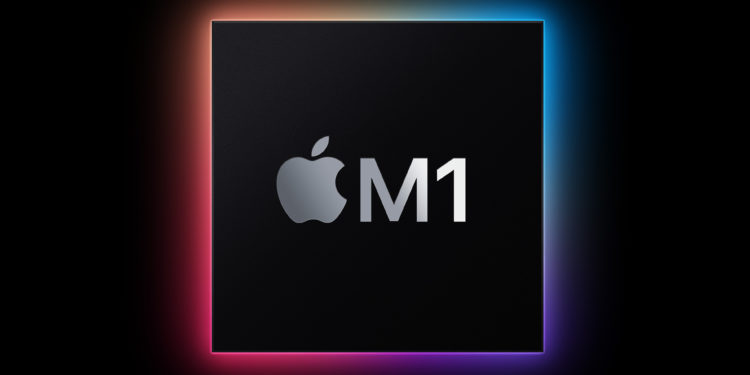Over the past week, some M1 Mac users have reported alarming SSD health readings, indicating that these devices are writing extraordinary amounts of data to their drives.
On Twitter and in the MacRumors forums, users report that M1 Macs are experiencing extremely high write accesses to the hard drive in a short period of time (via iMore). In what appear to be the most severe cases, M1 Macs are said to consume up to 10 – 13 percent of their SSD's maximum guaranteed TBW (Total Bytes Written) value. Flash memory on solid-state drives, such as those used in Macs, can only perform a certain number of writes before becoming unstable. The software ensures that the load is evenly distributed across the drive's memory cells.
M1 Macs SSD wear: The figures vary
But there comes a point where the drive has been written to so often that it can no longer reliably store data. So while SSD wear is normal, expected behavior, drives shouldn't exhaust their ability to store data as quickly as some M1 Macs seem to. One user showed that after just two months, his M1 Mac had already used one percent of its SSD, while another M1 Mac with a 2TB SSD had already used three percent. The total data units written for these devices amount to many terabytes, while they would normally be expected to be much lower. The user with three percent consumption speculated that if his device were a 256GB model, it could have used up to 30 percent by now, reaching maximum TBW in about two years.
Intel Macs are also affected
An SSD can continue to function when its TBW limit is reached, but it's unknown how long it will last beyond that point. It remains unclear how widespread the TBW problem is. But now things get even more interesting. Reports of strange SSD behavior are now emerging from users with Intel-based Macs, suggesting that the TBW problem may not be limited to M1 Macs. The reported wear is so extreme on some M1 Macs that it suggests the problem is due to a bug rather than expected behavior of the M1 chip. However, it remains unclear whether the problem is related to erroneous readings or to macOS writing really large amounts of data to the drive. Drive monitoring tools are sometimes unreliable, and it's likely that an update to macOS Big Sur will fix the problem. (Image: Apple)





